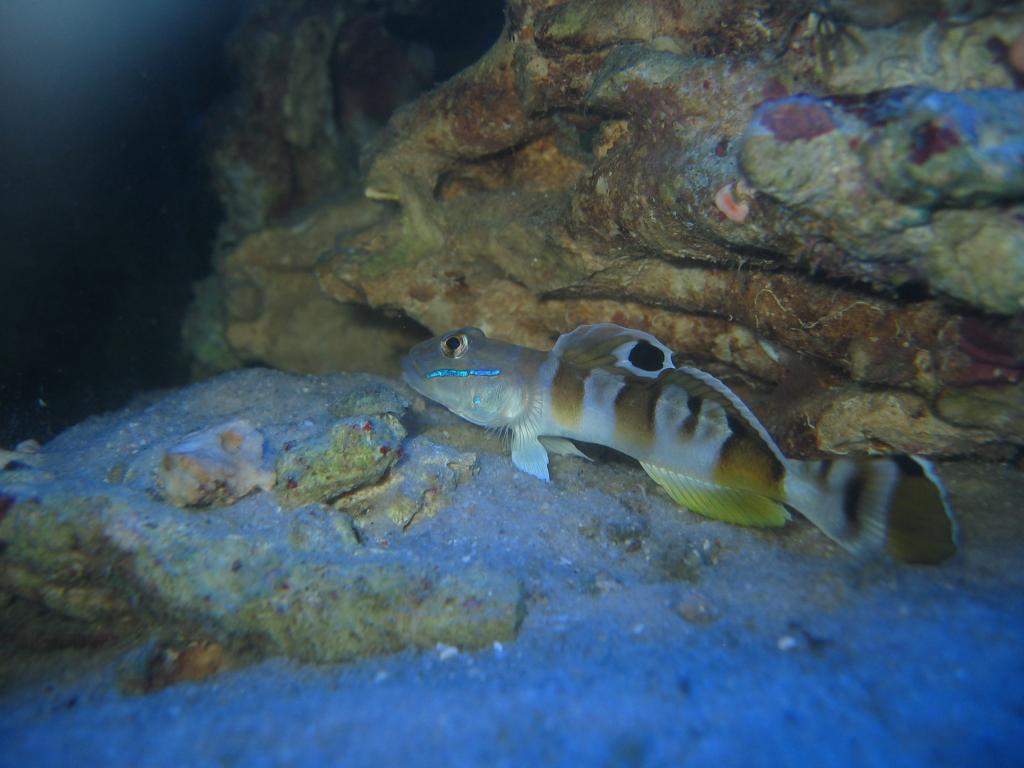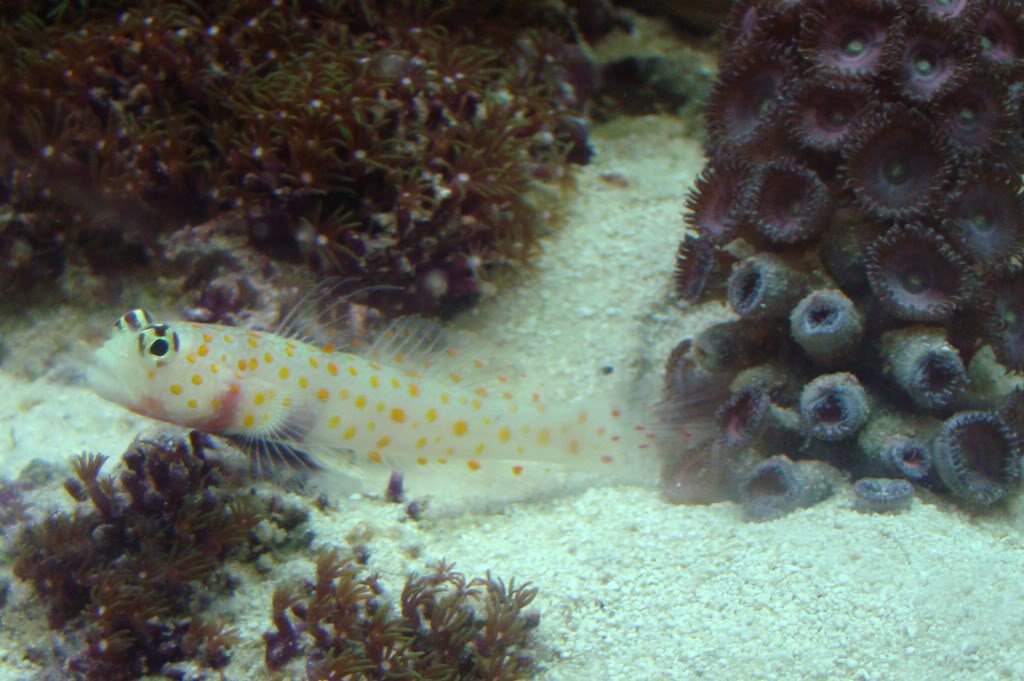Tony Gill
Aquarium Advice FINatic
The Elacatinus in the link you gave sure looks a lot like the one on the first page of the thread, but it is not E. genie. In E. genie, the pale (yellow) stripe on the snout is continuous with the body stripe. In the fish in the link and the one in the thread, the yellow marking on the snout is disconnected. Although the other snout markings appear to be too dark, the photo might be E. randalli. In any case, check out the photos of Elacatinus species in Gobioidei -- Genera of the Americas A couple of species are not illustrated on that site, but you can google search the species names to see what they look like.
Tony
Tony




